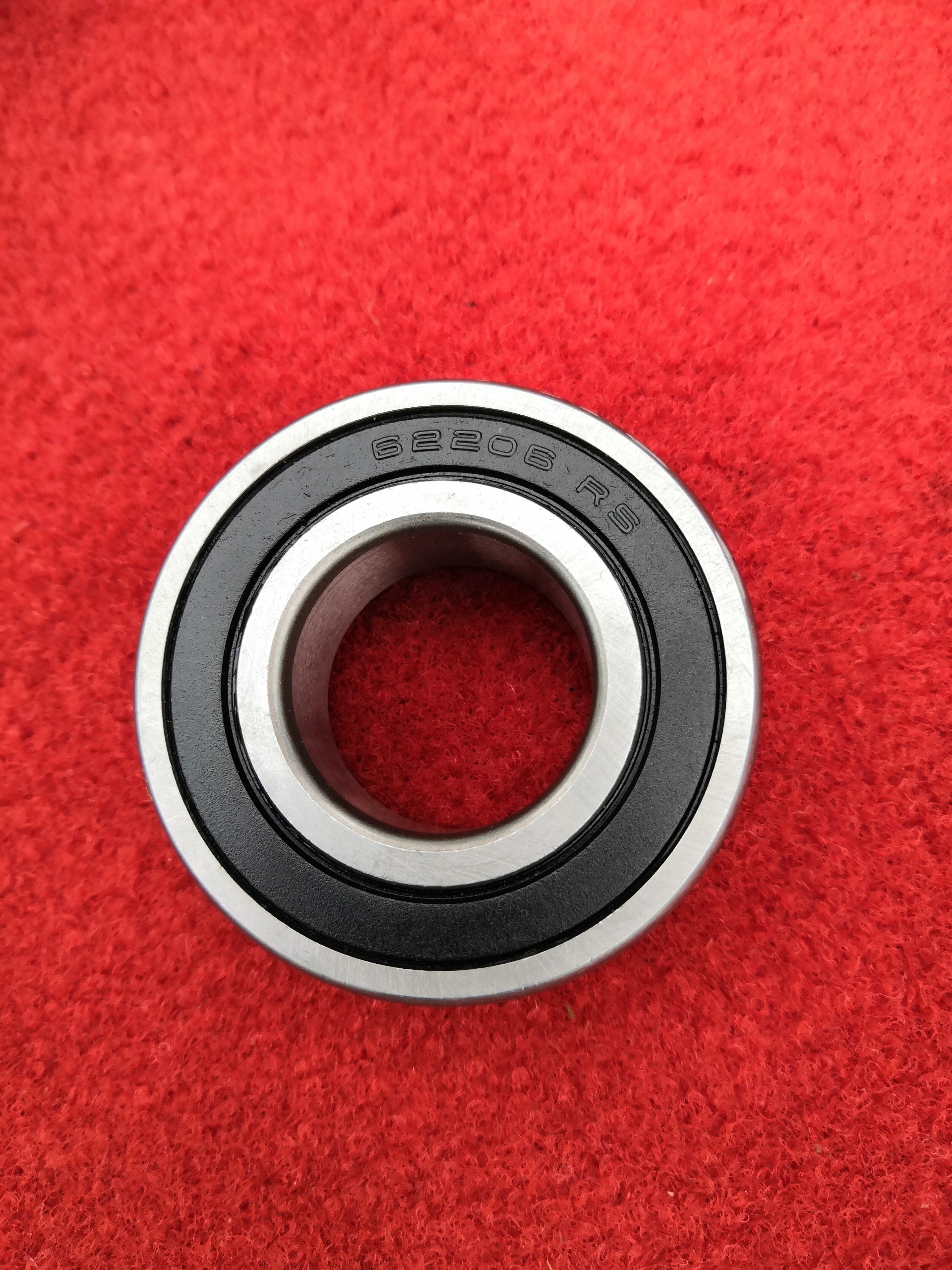
Nov . 06, 2024 13:42 Back to list
how do ball bearings reduce friction in machinery
How Do Ball Bearings Reduce Friction in Machinery?
Ball bearings play a crucial role in reducing friction in various types of machinery, which is essential for improving efficiency and extending the mechanical lifespan of machines. Understanding how ball bearings function requires a look at both their design and their purpose within mechanical systems.
At its core, a ball bearing consists of a series of small, spherical balls placed between two rings, known as the inner and outer races. This configuration allows for smooth rotational movement while minimizing direct contact between the moving parts. When a rotating shaft, for example, turns within a set of ball bearings, the balls roll between the races instead of sliding against them. This rolling action reduces the contact surface area and, consequently, the friction that would occur with a sliding interaction.
Friction, which is the resistance to motion between two surfaces in contact, can generate heat and wear over time. In machinery, excessive friction can lead to decreased performance, increased energy consumption, and eventual failure of components. Ball bearings mitigate these issues by providing a low-resistance pathway for load-bearing movement. They effectively convert sliding friction into rolling friction, which significantly decreases the energy lost to heat.
In addition to reducing friction, ball bearings also help distribute loads more evenly across surfaces. This is particularly important in high-speed applications, where uneven distribution can lead to premature wear or catastrophic failure. By maintaining proper alignment and spacing, ball bearings ensure that the forces acting on the machinery are balanced, enhancing both performance and durability.
how do ball bearings reduce friction in machinery

One of the remarkable features of ball bearings is their versatility. They can be found in a wide range of applications, from household appliances like washing machines and fans to heavy industrial machinery such as turbines and conveyor systems. Each application benefits from the enhanced efficiency and reliability provided by the use of ball bearings.
Moreover, various types of ball bearings exist, each designed to handle specific loads and conditions. For instance, deep groove ball bearings are suitable for radial and axial loads, while angular contact ball bearings are designed to accommodate higher axial loads in one direction. Understanding these distinctions allows engineers to select the right type of ball bearing for each mechanical application, optimizing performance even further.
The maintenance of ball bearings is also essential to ensure their effectiveness in friction reduction. Regular lubrication helps to minimize wear and tear, keeping the bearings operating smoothly. Over time, contaminants and lack of lubrication can lead to failure, so implementing a proper maintenance regimen is crucial for machinery longevity.
In conclusion, ball bearings significantly reduce friction in machinery by transforming sliding motion into rolling motion, allowing for smoother operation, enhanced efficiency, and reduced wear. Their ability to support loads and distribute forces makes them indispensable in a wide array of mechanical applications. By choosing the right type of bearing and maintaining them properly, engineers can ensure their machinery operates at optimal performance levels, thereby maximizing productivity and extending the equipment's lifespan.
Latest news
-
Types of Machinery Bearings and Their Applications
NewsMay.26,2025
-
Thrust Ball Bearings: Key Features and Applications
NewsMay.26,2025
-
Key Advantages of Angular Contact Ball Bearings in Precision Applications
NewsMay.26,2025
-
Common Applications of Cylindrical Roller Bearings in Industry
NewsMay.26,2025
-
Basic Structure & Function of Taper Roller Bearings
NewsMay.26,2025
-
Advantages of Spherical Roller Bearings in Heavy Machinery
NewsMay.26,2025
